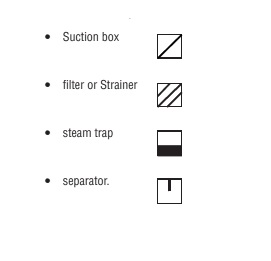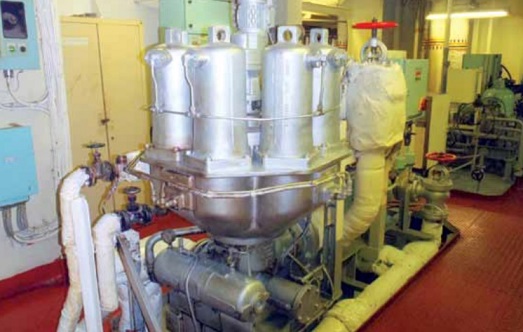
Filters and Strainers for Marine Fuel Oil Treatment
Mechanical separation of solid contaminants from oil systems (fuel and
lubricating) is achieved by the use of filters and strainers. A strainer is
usually a coarse filter to remove the larger contaminating particles. Both
are arranged as full flow units, usually mounted in pairs (duplex) with
one as a standby.
The strainer usually employs a mesh screen, an assembly of closely packed metal plates or wire coils which effectively block all but the smallest particles. It is usually fitted on the suction side of a pump and must be cleaned regularly or when the pressure differential across it become unacceptable.
The strainer usually employs a mesh screen, an assembly of closely packed metal plates or wire coils which effectively block all but the smallest particles. It is usually fitted on the suction side of a pump and must be cleaned regularly or when the pressure differential across it become unacceptable.




